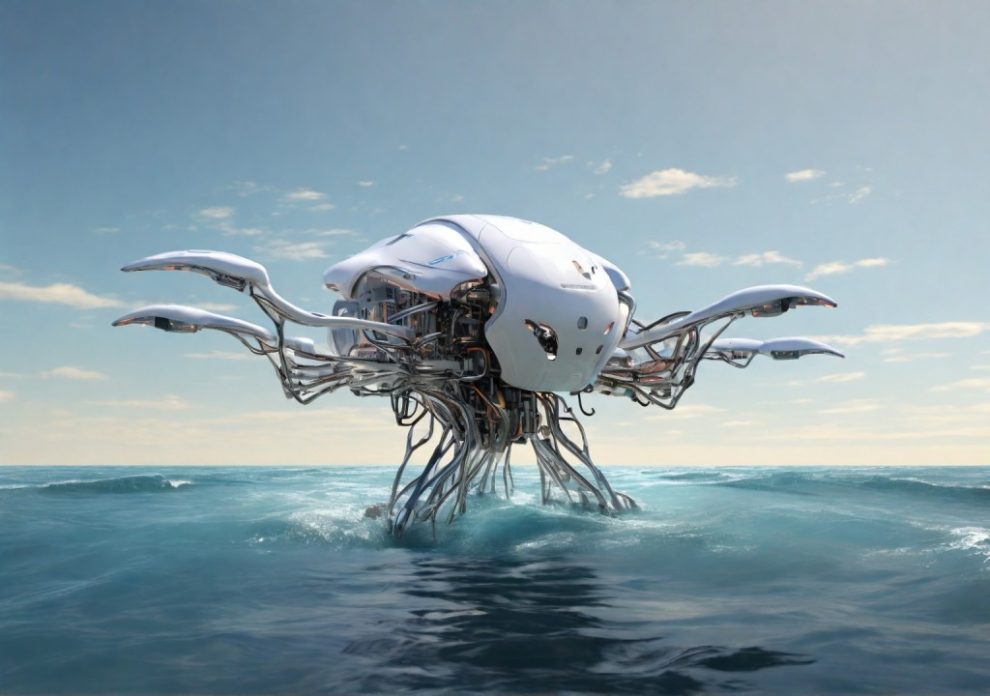The world’s coastlines are under siege. Rising sea levels, fueled by climate change, are eroding beaches, inundating low-lying areas, and threatening coastal communities. The need for resilience, for proactive measures to adapt and protect, has never been greater.
But in this fight against the rising tide, a powerful new ally emerges: Artificial Intelligence (AI).
Present-Day Impacts: Quantifying the Threat
Coastal communities face a multitude of threats:
- Sea level rise: Projected to rise 1-3 feet by 2100, displacing millions and inundating coastal infrastructure.
- Coastal erosion: Waves, currents, and storms erode coastlines, damaging ecosystems and jeopardizing property.
- Storm surges: Exacerbated by rising sea levels, storm surges cause catastrophic flooding and infrastructure damage.
- Saltwater intrusion: Rising seas push saltwater inland, contaminating freshwater resources and harming agriculture.
Understanding the extent and severity of these impacts is crucial for effective adaptation. AI steps in with its data-crunching prowess:
- Remote sensing: AI analyzes satellite imagery and LiDAR data to map erosion, track sea level rise, and assess vulnerability.
- Machine learning: Algorithms learn from historical storm data to predict future storm surge impacts and evacuation needs.
- Predictive modeling: AI models simulate future scenarios, incorporating climate change projections, to assess long-term risks.
By quantifying the challenges, AI empowers coastal communities to prioritize actions and allocate resources effectively.
Future Projections: Anticipating the Storm
The future of our coastlines is uncertain, but AI can help us peer into the storm.
- Climate modeling: AI analyzes vast datasets to refine climate models, providing more accurate projections of sea level rise and storm frequency.
- Scenario planning: AI simulations explore different adaptation strategies, assessing their effectiveness and cost implications before implementation.
- Early warning systems: AI analyzes weather data in real-time, providing early warnings of storm surges and flooding, potentially saving lives.
By anticipating future threats, AI allows communities to prepare proactively, minimizing potential damage and displacement.
AI in Action: Case Studies from the Coastline
The potential of AI for coastal resilience is not just theoretical. Real-world examples showcase its impact:
- The Netherlands: AI-powered flood forecasting systems provide early warnings, saving lives and minimizing damage.
- Florida: AI analyzes LiDAR data to map coastal erosion, helping communities prioritize infrastructure protection.
- Louisiana: AI models predict storm surge impacts, guiding evacuation efforts and resource allocation.
These are just a few examples, and the field is rapidly evolving. As AI technology matures and becomes more accessible, its role in coastal resilience will become even more significant.
Challenges and Considerations: Navigating the Ethical Currents
While the potential of AI is immense, it’s crucial to acknowledge the challenges:
- Data access and quality: AI models rely on accurate data, which can be limited or inaccessible in some regions.
- Ethical considerations: Algorithmic bias and potential job displacement require careful consideration and mitigation strategies.
- Human-AI collaboration: AI should not replace human expertise; it should augment it, supporting informed decision-making.
Addressing these challenges is essential to ensure AI serves as a force for good in coastal communities.
Conclusion: Building a Resilient Future with AI
The future of our coastlines is at stake, but it is not predetermined. By harnessing the power of AI, communities can gain a deeper understanding of present threats, anticipate future challenges, and develop effective adaptation strategies.
As we navigate the rising tide, AI serves as a powerful tool, empowering coastal communities to build a more resilient future.
















Add Comment